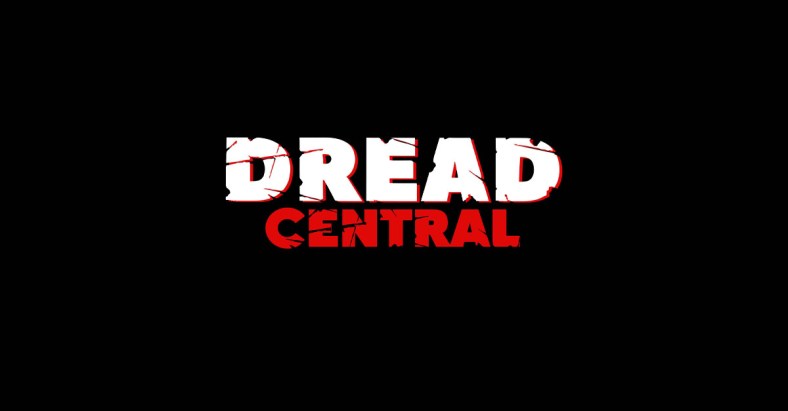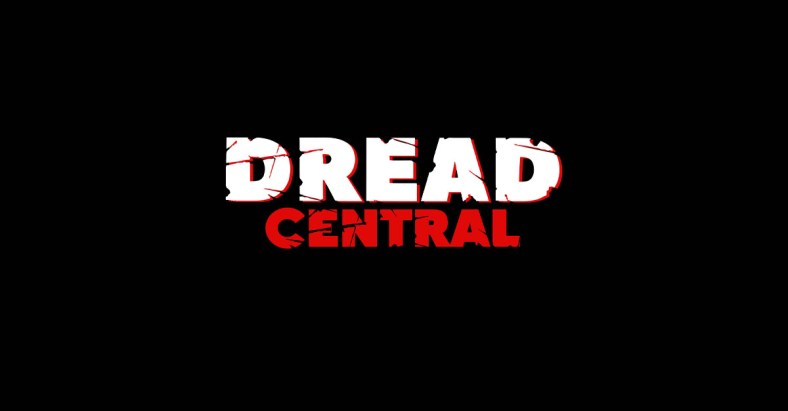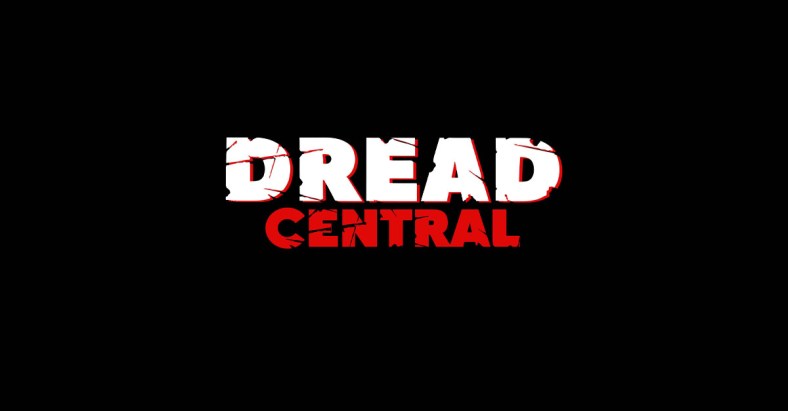Life Is a Game So Fight for Survival: A Look Back at Battle Royale

This weekend marked the release of The Belko Experiment, the long-awaited collaboration between genre stalwarts James Gunn and Greg McLean which pits a group of office workers in a scenario where they’re forced to kill each other at the behest a corrupt authority figure hiding behind a telecom system.
In the film, the staff are equipped with explosive chips that will blow them into smithereens should they fail to comply with the sinister order. However, it isn’t the first movie to employ a scenario where a group of people are forced to slaughter their peers for the sake of their own survival.
In 2000, Japanese auteur Kinji Fukasaku would unleash his 60th film, Battle Royale, which would mark his final full-length feature before losing his battle with cancer three years later. But with his swan song he delivered a bold, provocative masterpiece that ensured his parting gift was a memorable one. To this day, Battle Royale is one of Japanese cinema’s most daring and influential crowning achievements. Let’s look back at it.

Based on the best-selling novel of the same name by author Koushun Takami – which he developed into a popular manga the following year – the property was controversial from the outset. Despite the judges unanimously agreeing that the novel was the best entry at the 1997 Japanese Horror Fiction Awards, it wasn’t given its accolade due to the extreme nature of the subject matter depicted within its pages. However, that didn’t stop it from being a hit in its homeland and overseas, with Stephen King himself even placing it on his list of personal favourites that year. Taking cues from disturbing dystopian stories like “Most Dangerous Game’’ (1924) and “Lord of the Flies’’ (1954), Battle Royale would adopt similar concepts and crank the insanity up to 11. And it’s just glorious.
When it was time to adapt it for the big screen, Kinji Fukasatsu was the perfect choice. While the director was already a household name in Japanese cinema after 40 years of making movies which tapped into the country’s cultural zeitgeists, it’s only fitting that his farewell feature would cause an almighty shit storm. At 71-years-old, he delivered a film that incurred the ire of the Japanese government, caused a media frenzy and brought the media violence debate to the forefront of national conversation. That said, the motivation for Fukasaku developing the project in the first place pre-dated Battle Royale’s inception by decades.

During the final days of the Pacific War, when Fukasaku was only 15-years-old, he was drafted to work in a munitions factory alongside his classmates and others belonging to their age group. During his tenure, the factory was bombed by Allied forces and Fukasaku was forced to watch his friends and classmates die before his very eyes. To survive, he had to hide under the dead bodies of those caught in the blast, and afterwards, he – along with his classmates – were forced to bury them. Hardly a positive experience, though it would shape Fukasaku’s vision as an artist distrusting of authority. He’d go on to release a slew of film’s throughout his career containing such themes; from his early crime films to his very last cinematic statement. Watching Battle Royale, the director’s traumatic teenage experience is at its most gut-wrenchingly visible, while still reflecting some of the modern concerns pertaining to the socio-political climate in Japan at the time.
Battle Royale took contemporary issues and channelled them to depict a bleak vision of potential dark times that lay ahead. Taking place in a dystopian future where unemployment and youth crime rates are on the rise, the government has introduced the controversial Battle Royale Act in a bid to drum some discipline into young people. Every year, a high school class is chosen to partake in deadly elimination game of survival of the fittest until only one remains, with the last person standing allowed to keep their life.
On paper, Battle Royale is peppered with all the ingredients for a mindless splatter fest. The film opens with a young girl clutching a soft toy covered in blood and a look of sheer gleeful mania smeared all over her face. It’s a disturbing image to say the least – and one which encapsulates the harrowing feeling of lost innocence that permeates throughout the movie. And while the film is chock full of brutal violence, visceral action and gallows humour, there is plenty of depth to the whole affair. In addition to being an excellent satire and social commentary regarding youth crime, unemployment, the government and the education system at the time, Battle Royale does a fantastic job at exploring the psyches of every character and how they’ve reacted to the difficult situation they’ve found themselves in. Some are quick to let their inner monster manifest, while others succumb to their own dooms to avoid killing their peers or being killed by them. In lesser hands, it might have been a body count picture. But under the guidance of a master like Fukasaku, we got a movie with all the thrills and excitement of a violent action-horror yarn, while still packing a disturbing punch.

The film also poses the question: “What if?’’ Now, while the situation seems entirely implausible to us living in a society that is yet to impose legalised death sports on its citizens, you can’t help but wonder what you’d do if placed in the same situation as the unfortunate Year 9 class. Could you slaughter your pals for the sake of your own survival? Would you just throw yourself off a cliff and be done with it? Would you hope to band together with some comrades and devise a solution? If you’ve seen the film, then these thoughts have probably crossed your mind at least once. I know my friends and I have had long conversations about it, culminating in the conclusion that we’d be history.
However, another question to ask yourself is just how far could government go down the line? Granted, the idea of politicians getting together to create genocidal legislation to cull off its own citizens might be somewhat outlandish in advanced society, but when you strip away the hyperbolic nature of the film, its message can be interpreted as the simple notion that government is corrupt and has too much power. This anarchic spirit is present in a few of Fukasaku’s movies after all, beginning with his masterful early yakuza epics like the iconic Battles Without Honor and Humanity series, which saw him use a story of mobsters to deconstruct Japan’s political post-war reconstruction.

Upon its release, the film was hit with the R-15 certificate as it was deemed potentially harmful to youth audiences. Some members of government even called for it to be banned altogether. Funnily enough, Fukasaku made the film with a teenage audience in mind as a way to impart some of his wisdom on them, encouraging the future of the population to be distrusting of the political bodies governing them – the authority figures he lost faith in when he was forced to bury his friends due to a war they didn’t want.
At the end of the day, Battle Royale has more layers than an onion should you wish to peel them back. At the same time, it also excels as pulpy entertainment of the edgiest kind. Brimming with satire and thought provoking themes, populated with characters each with their own lovable quirks no matter how sinister they might be, and possessing an intoxicating energy that comes with motion pictures unwilling to compromise, it remains one of the finest treasures to ever grace genre cinema.
Categorized:News Retrospectives

